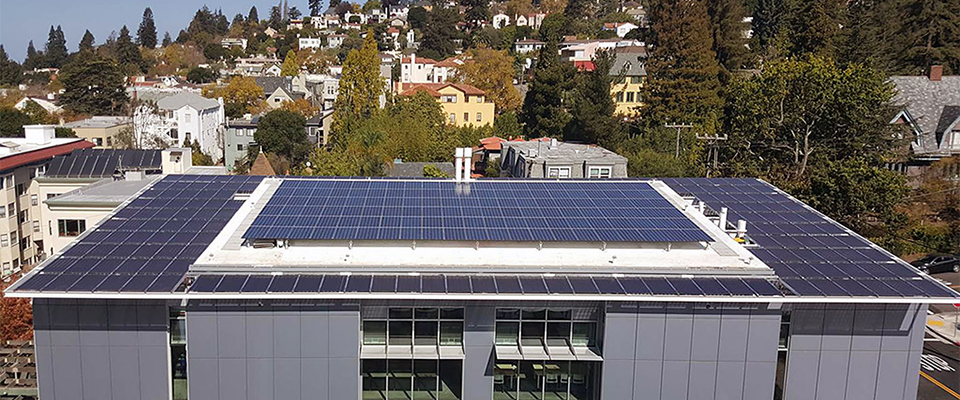In 2025, California parking lots will be the new gas stations. Or so goes the vision of Ethan Elkind, director of the climate program at the Center for Law, Energy & the Environment at Berkeley.
It’s one he shares with Gov. Jerry Brown, who reportedly considered a ban on gas-powered vehicles and recently signed legislation to get 1.5 million zero-net-energy vehicles on the road by 2025. Replacing gas guzzlers with electric cars will be vital to Brown’s ambitious commitment to slash the state’s greenhouse gas emissions to 40 percent below 1990 levels by 2030.
“[California] has some very aggressive goals to reduce carbon emissions,” Elkind said. “Driving passenger vehicles … is actually the single biggest source of our greenhouse gas emissions.”
“The goal is to try to do this in a slow, measured way to bring costs down and provide some technological certainty,” Elkind said.
But first things first: One can’t have that many electric cars without places to charge them. Currently, there are around 12,000 publicly accessible charging stations in the state to accommodate the 300,000 electric cars on the road; 220,000 more charging ports would need to be built in the next three years to accommodate the influx of at least 1.2 million vehicles, according to a recent interdisciplinary study led by Elkind.
“If you live in an apartment building with a dedicated parking spot, or a parking spot where there are no outlets nearby, it’s going to be more of a challenge on the car,” Elkind said. “Maybe people don’t have a charging spot at home, but if their workplace has charging available, they can always charge at work and they should get by on the weekends. That kind of infrastructure would help address the challenges for a lot of people.”
But electricity bills that landlords and business owners would have to foot, not to mention the costs of installing the hardware itself, may discourage them from investing in ports, which can range from $5,000 to $50,000 per station.
Policy makers will likely be challenged to be creative and resourceful when developing funding and incentives for people to invest in both charging hardware and electric cars.
Educating the public and private institutions about the potential benefits of using the technology will be vital to the success of those efforts.
“[People are] not necessarily aware of how much electric vehicle prices have come down, so they don’t really think about even trying them out,” said Elkind. “And a lot of dealers aren’t necessarily promoting them very heavily because they’re basically maintenance-free cars and dealers make more money on service contracts.”
“The goal is to try to do this in a slow, measured way to bring costs down and provide some technological certainty,” Elkind said. “We have to recognize that our current system—current patterns of consumption and fossil fuel burning—is creating huge costs for the state. I think the writing’s on the wall that this technology is here to stay.”





















